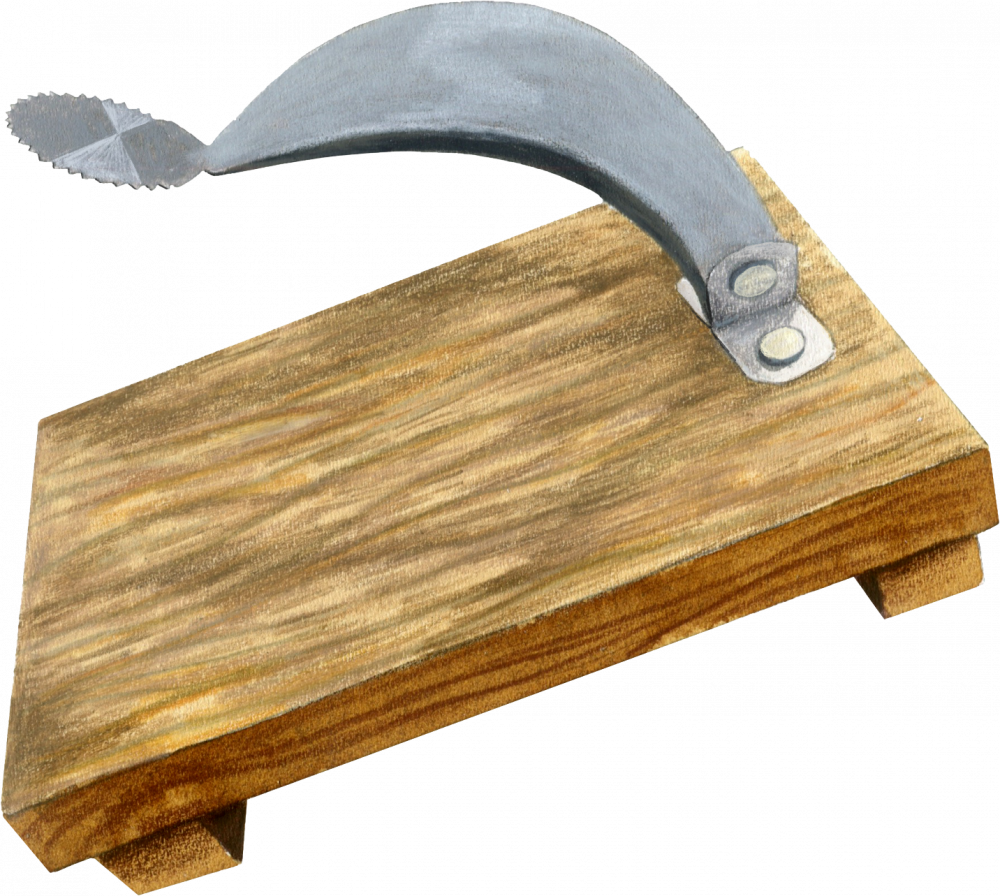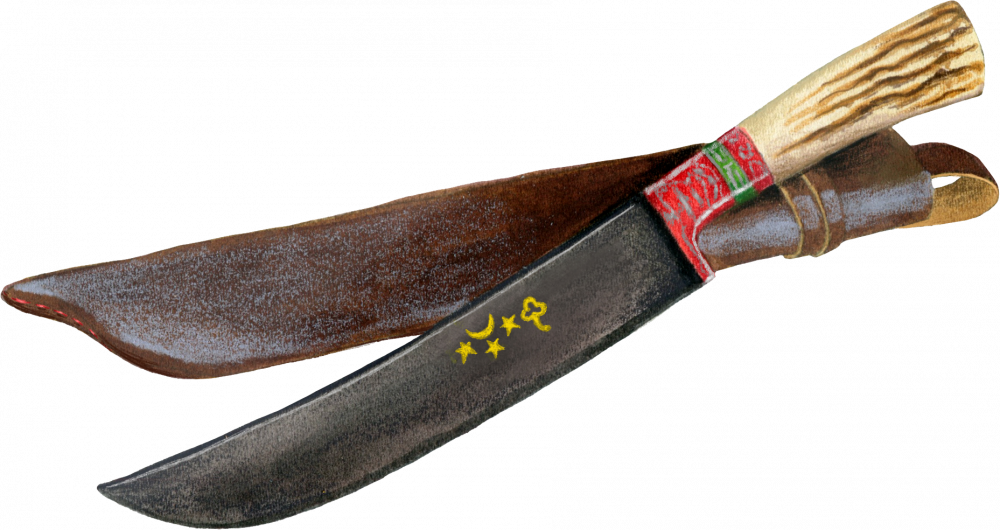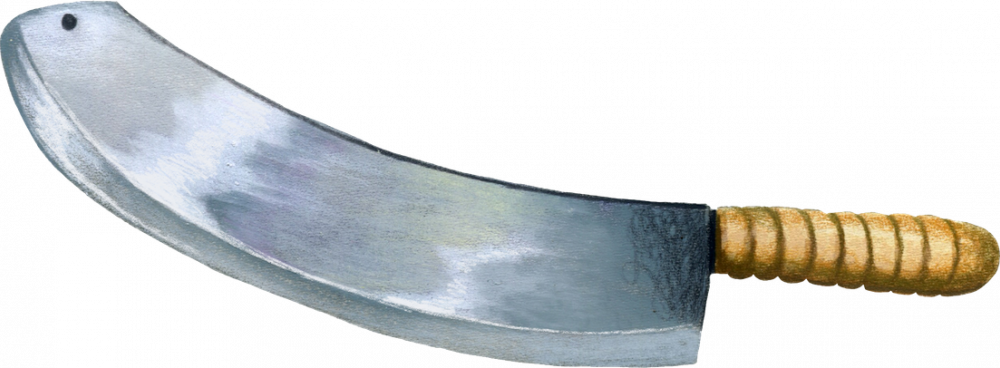Since people learned to harness metal nearly 5,000 years ago, the sharpened tools they created were weapons first and cooking implements second. So it should come as no surprise that the best sword-makers in the world-Germany and Japan-eventually made the best chef’s knives starting around the 18th century. Elsewhere, different styles of knives evolved earlier to suit different tasks, reflecting the ingredients and cooking methods used by different cultures. Here’s a sampling from around the world.

Zhūròu Dāo
(Chinese butcher’s knife)
This large, heavy cleaver features a deep blade and an acute, sharpened tip for breaking down primal cuts and piercing thick hides. Some Chinese cooks also use them for vegetable prep, as the curved belly, in contrast to a more conventional flat cleaver, enables a rocking and mincing action.
Boti
(Indian board-mounted knife)
India’s boti knives are mounted on boards or stools so that items being cut can be pushed against the straight or curved blades. The sharp side of the blade faces the cook, who uses body weight to keep it in place while pushing the food across the blade with both hands. Though boti knives—most common in the Bengal region of India and Bangladesh—can be quite large, they are adept at both fine and large cuts.


Pchak
(Uzbek chef’s knife)
The pchak’s long, straight blade and curved tip— a knife style found across Central Asia—is ideal for meat-heavy diets. It excels at slicing, mincing and butchering. The knives can vary in length and width, but always feature a narrow handle and rounded pommel to lock the hand securely in place during use.
Mezzaluna
(Italian mincing knife)
Named for its curved shape that resembles a half-moon, the mezzaluna was developed as a precursor to a food processor. These knives—which can have one or two blades—typically are paired with shallow bowls designed to match the curve of the blade. They are great for mincing meat or chopping large amounts of herbs or nuts. Some have a single handle in the center, while others have one at each end of the blade.


Zirh
(Turkish mincing knife)
Turkish kofte—similar to meatballs—traditionally are made with minced, rather than ground, meat. So the zirh evolved to efficiently mince large volumes of meat and vegetables. The knives range in size, but the largest can reach upward of 3 feet long. One hand is placed on the handle while the other anchors the blade on the board to facilitate a rocking motion.



